

Amsterdam
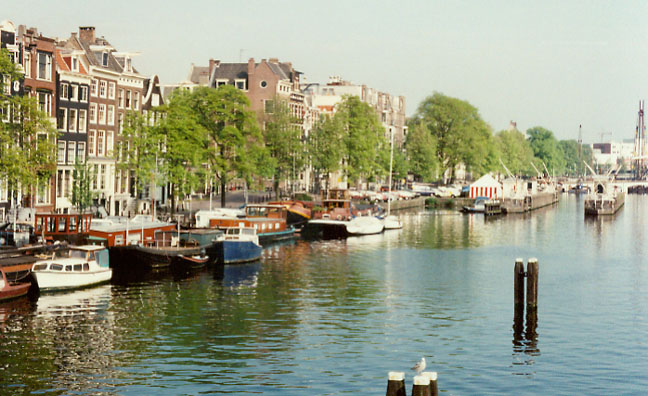
along the canal
Amsterdam is one of the most important commercial centers in Europe. The city is a major port linked to the North Sea and other European countries by a network of railways and canals, notably the North Sea Canal, which is navigable by oceangoing vessels.
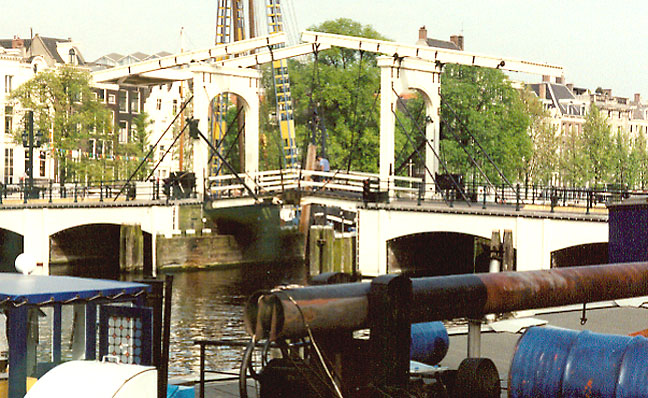
a canal bridge
Among leading industries in the city are shipbuilding, sugar refining, publishing, and the manufacture of heavy machinery, paper products, textiles and clothing, porcelain and glass, aircraft, automobiles, and chemicals. The city is also famous as a center for polishing and cutting diamonds and as the chief financial center of the Netherlands.
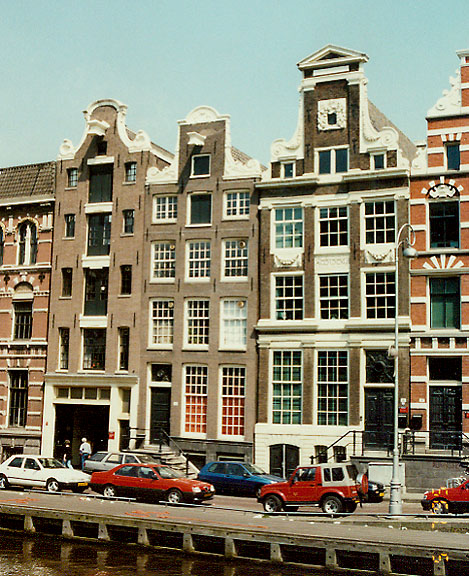
buildings along the canal
A major European stock exchange is located in Amsterdam, as are the Bank of the Netherlands and several insurance firms.
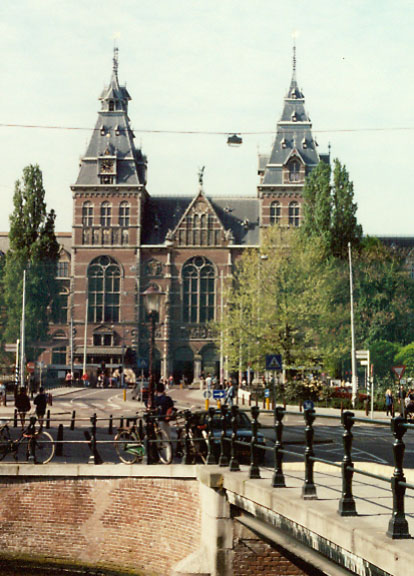
museum
Amsterdam has been an important center of European cultural life since the 17th century. The city is the site of the National Academy of Art, the Royal Netherlands Academy of Sciences, and the University of Amsterdam (1632). Its Rijksmuseum contains one of the largest collections of Dutch and Flemish paintings in the world, and its Stedelijk Museum has an extensive collection of modern works.
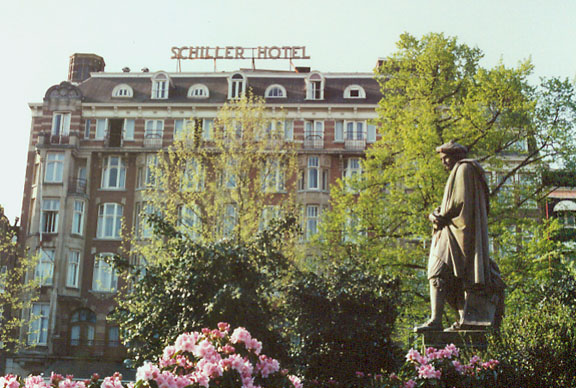
Rembrandt in front of the Schiller Hotel on Rembrandt Square
The Van Gogh Museum includes about 800 works by 19th-century painter Vincent van Gogh in its collection. Amsterdam is also noted as the home of the renowned 17th-century painter Rembrandt; his home is now a museum. The Concert-gebouw, completed in 1883, is the home of Amsterdam's renowned orchestra.
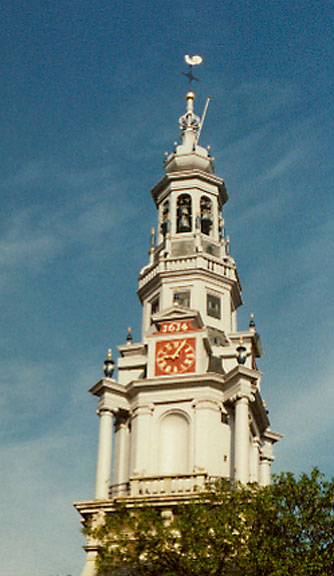
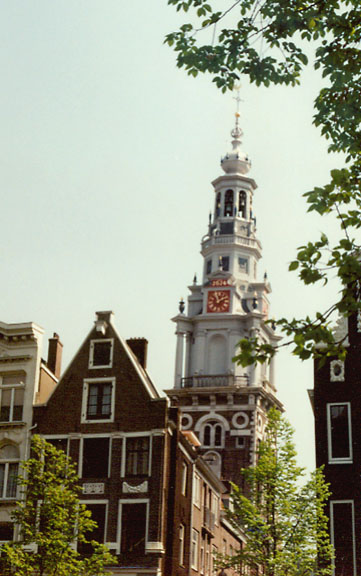
church steeple
The city has numerous examples of 16th- and 17th-century architecture, as well as two historic churches: Oude Kerk (Old Church), built about 1300, and Nieuwe Kerk (New Church), built in the 15th century. The royal palace, originally built in the 17th century as the town hall, stands on a large square in the center of the city.
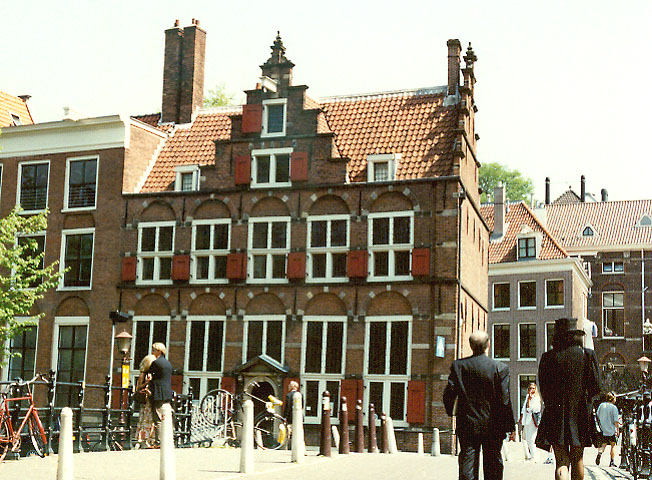
early building
Amsterdam, chartered as a city in 1300, became a member of the Hanseatic League in 1369. In the 17th century, after the successful conclusion of the Dutch wars for independence from Spain, Amsterdam became the chief commercial center of northern Europe.
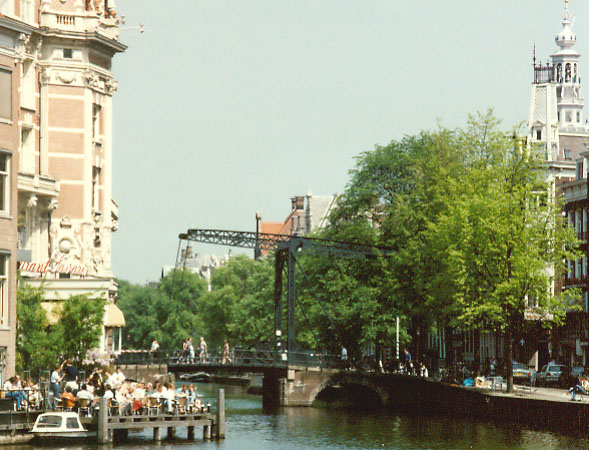
foot bridge over the canal
The city held this position until the late 18th century, when trade declined as a result of the silting of the Zuider Zee and the British blockade before and during the Napoleonic Wars (1799-1815). In 1810 Napoleon incorporated the Netherlands into the French Empire. After his downfall the Netherlands regained its independence and the seat of government was moved to The Hague.
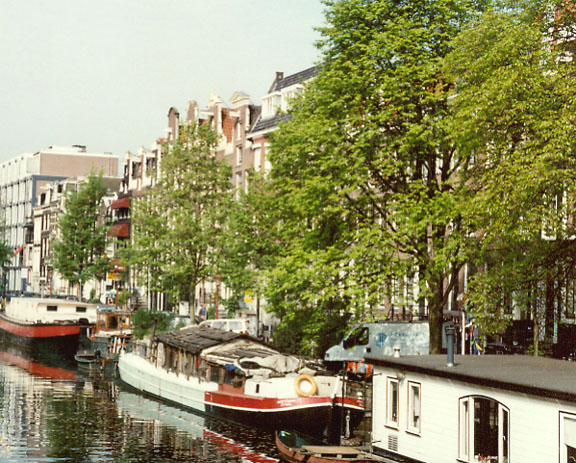
the canal boats permanently parked
In the latter part of the 19th century, commercial activities revived with the opening of the North Sea and North Holland canals. During World War II (1939-1945), Amsterdam was occupied by the German army for five years. The people suffered great hardship and the port was badly damaged, but it has since been rebuilt and improved. Population (2000) 731,200.
Text from Microsoft Encarta
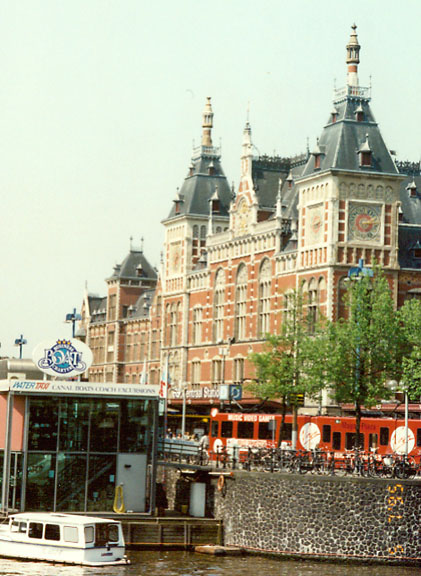
take a boat tour of the canals
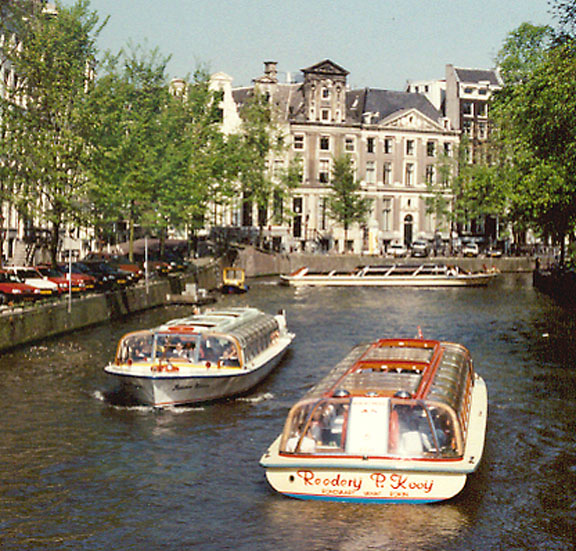
touring the canal
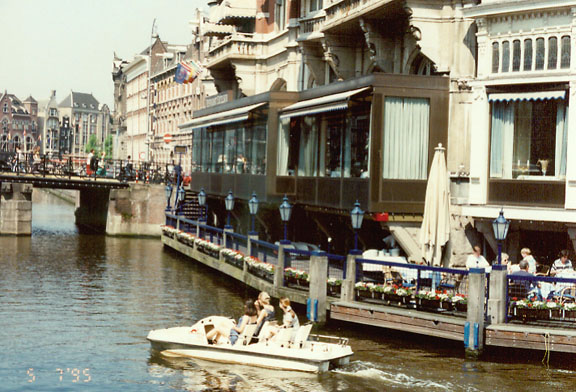
passing the restaurant on the canal bank
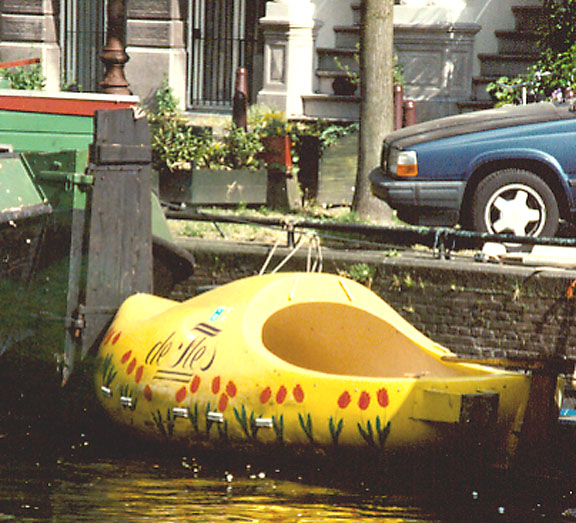
or ride in the wooden shoe canal boat
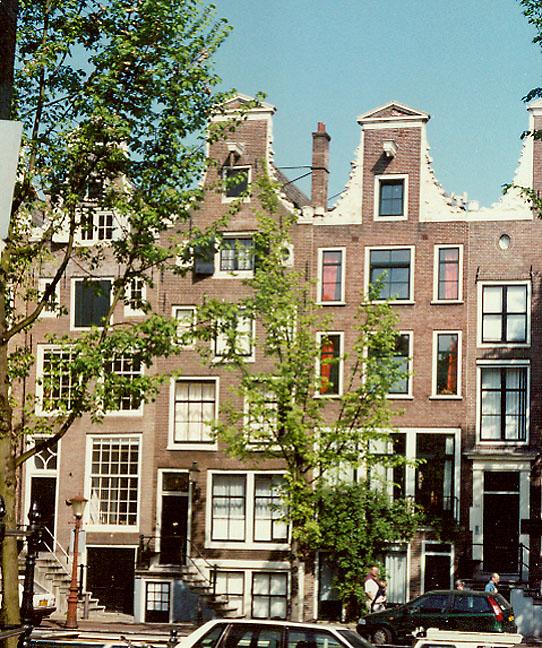
buildings along the canal
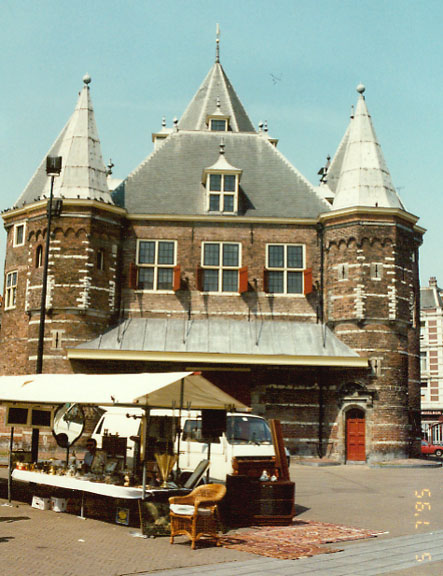
flee market in front of the building
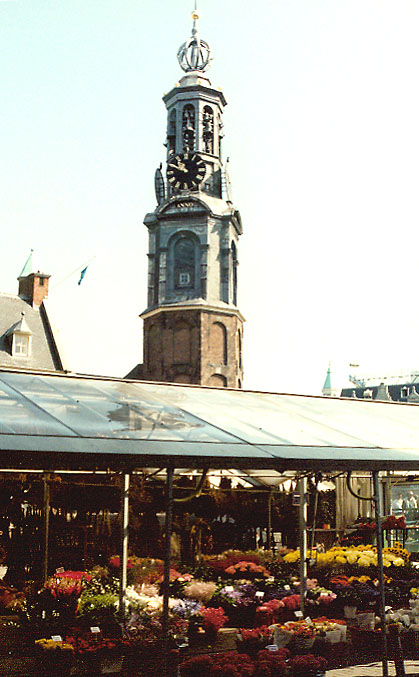
flower market
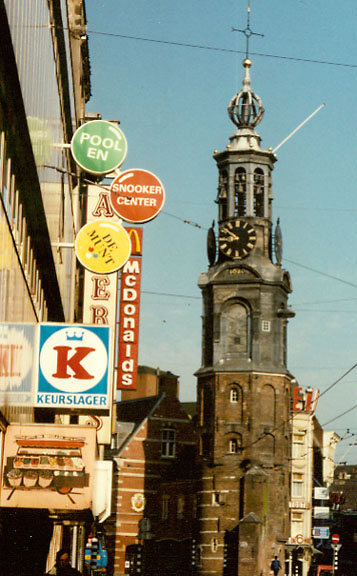
new advertising signs along with the old
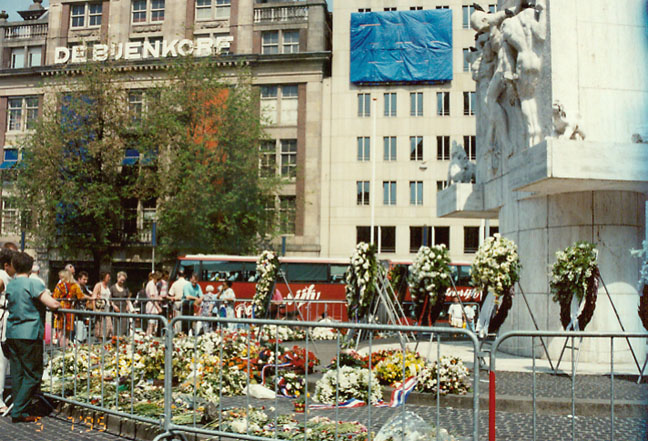
flowers at the memorial
![]()
![]()